10 types of terrain you might encounter on your hikes
From alpine tundra to jungles, we uncover the different types of terrain you might encounter on a hike, and how to prepare for them
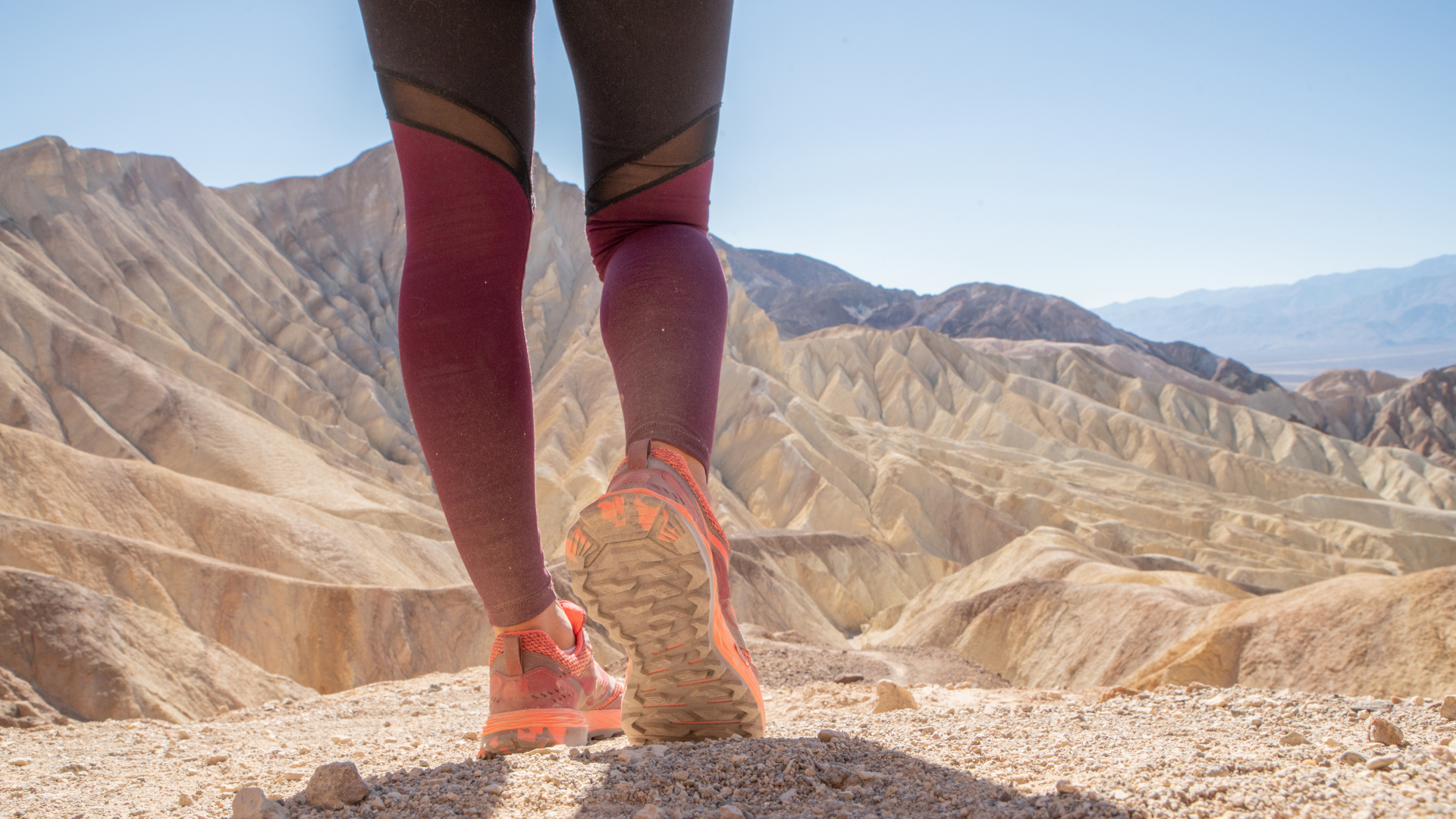
When you’re hunting for new hiking trails, you’re hopefully looking for important details like elevation gain and distance, but an important aspect that you also want to take note of is what type of terrain you might encounter. This information helps you plan how to dress and prepare and might even give you cues such as what navigation skills are required and what time of day is best to venture out. Mountainous terrain often requires a pair of the best hiking boots, while your trail running shoes may suffice on a forest walk. On sand dunes, you might forego footwear altogether but need a compass to stay on track, and in a slot canyon, you’ll definitely need to check the weather before you enter to ensure you’re not at risk of flash floods.

The word terrain, also called relief, simply refers to the characteristics of a stretch of land, and in geography usually refers to factors like slope, elevation, and physical features. There are many different types of terrain across the globe and hiking is an excellent way to expose yourself to different terrains, and the fantastic flora and fauna that live there. Depending on where you’re hiking, you might encounter wildly different terrains, often within a relatively small geographical area. Here are 10 different types of terrain that you might encounter on a hike, and what to expect from each one.
1. Hill
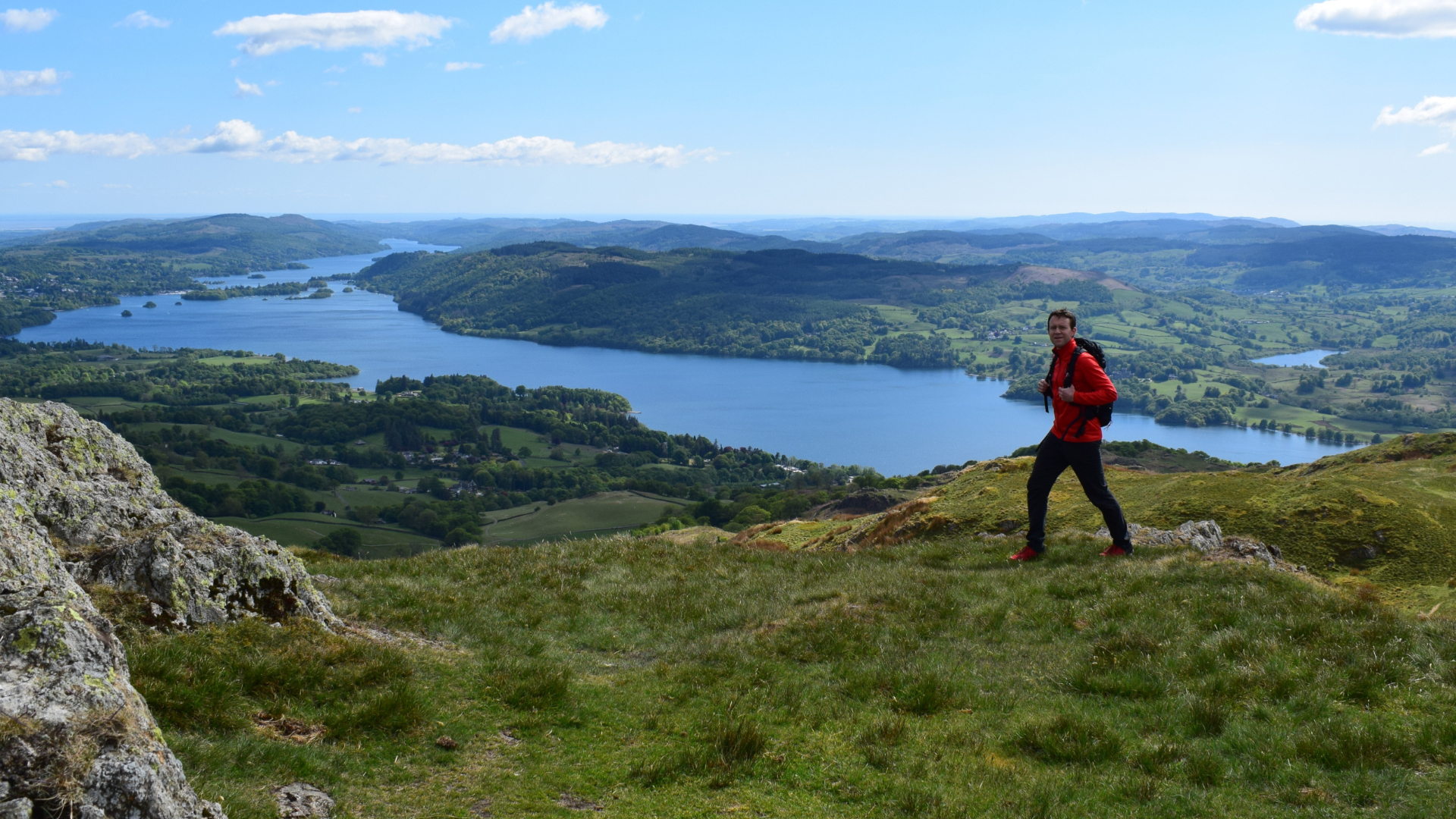
There’s a reason why hiking is more commonly called hillwalking in the UK, and that’s because the hills are where the majority of our hikes take place. Generally thought to be smaller than mountains, hills otherwise share the same characteristics as mountains, rising up above sea level to form some kind of peak. Hills can be incredibly diverse, from a gentle, grassy hill in the Lake District to the rugged foothills of Boulder, Colorado.
There are lots of subtypes of hills, too, including:
- Mesas: an isolated, flat-topped hill that stands above a plain, formed by erosion.
- Buttes: steep sided, flat-topped rock towers formed by weathering.
- Mima mounds: low, dome-shaped mounds formed by sediment.
Because there are so many different types of hill, you’ll need to do a little research to figure out what type of hiking shoes you need to explore it, but you can expect some moderate climbing, at least and views of the surrounding area.
2. Mountain
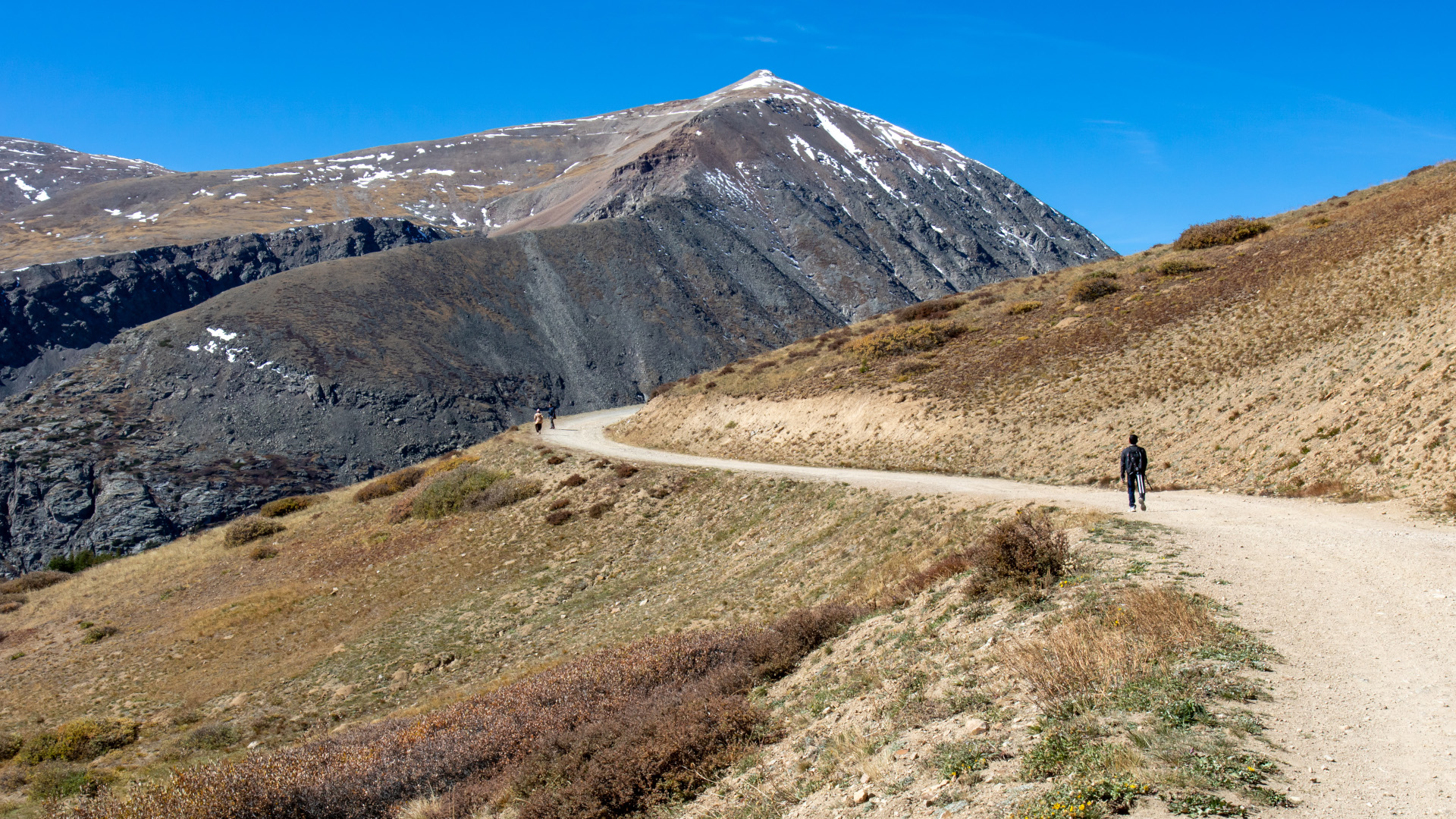
One of the most popular types of terrain to explore in hiking boots is mountain terrain, which always requires some vertical ascent, more so than a hill, and usually gets your the best views in town. Mountain routes can really run the gamut of the hiking trail difficulty system, from easy uphill walking to scrambling and even technical climbing, so you’ll want to do your research ahead of time to prepare. Not all mountains are massive – in the UK, the designation kicks in at just 2,000ft above sea level. The higher you go in elevation, however, the more at risk you are for altitude sickness, cold temperatures and fast-changing weather.
3. Alpine tundra
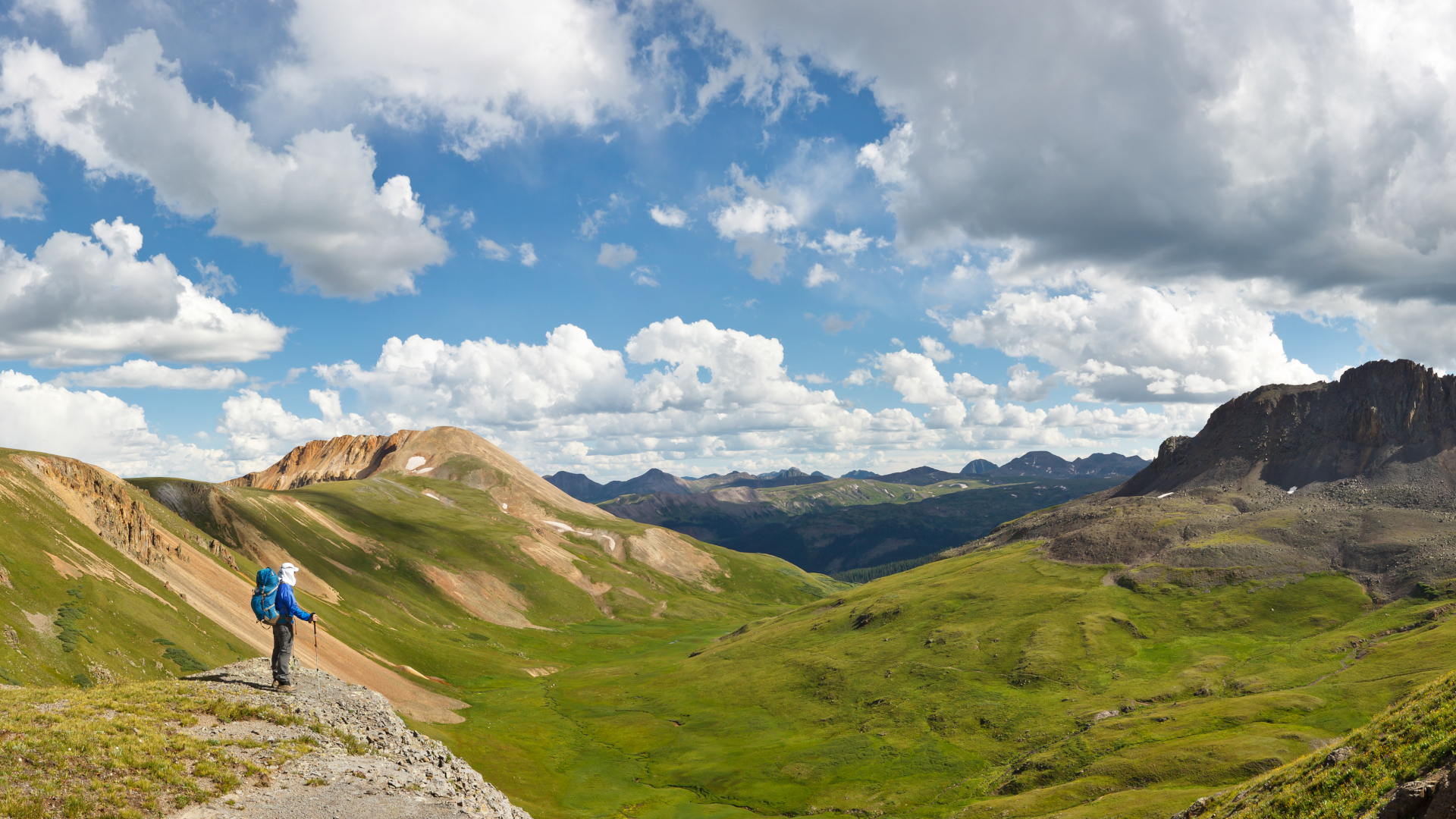
Tundra is a type of terrain where tree growth is hindered by cold temperatures and short growing seasons. Though you might only expect to find tundra in places like Alaska, the Arctic and Antarctic, you’ll actually encounter alpine tundra in common hiking locations like the high Rockies.
All the latest inspiration, tips and guides to help you plan your next Advnture!
Regardless of where you are, you’ll want to train for high altitude hiking if you’re going to be somewhere with alpine tundra. You won’t find trees here so expect to be more exposed to the elements, check the weather forecast and carry a waterproof jacket to keep the wind at bay. The ecosystem here is quite fragile – expect low lying shrubs, moss and lichen and avoid cutting switchbacks to make sure you don't damage it. Look out for the beautiful mountain goats that often live here in the Rockies.
4. Plateau
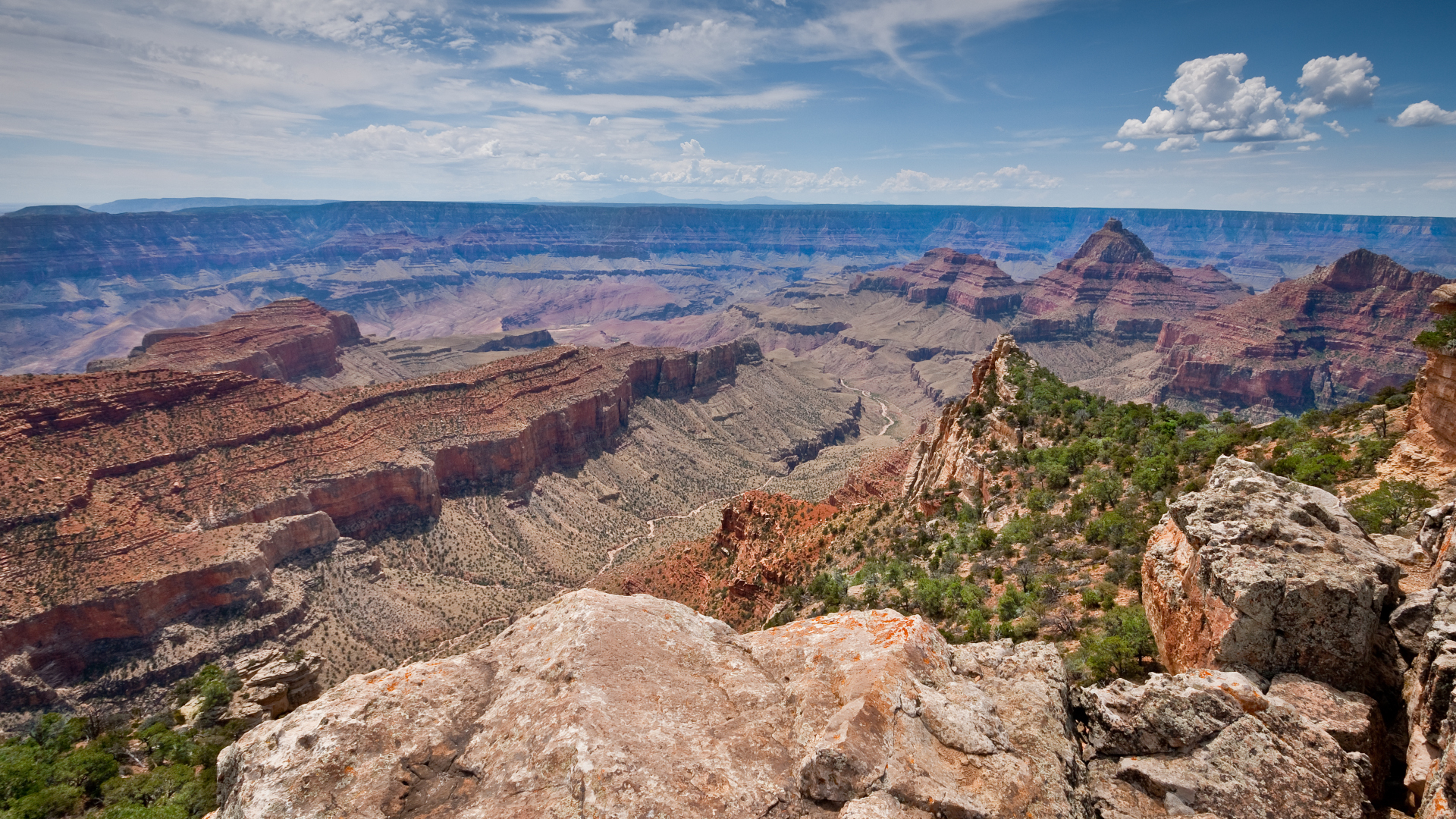
Distinct from hills and mountains are plateaus, which also rise up from the surrounding area and make up one third of the land on earth. Plateaus always have a flat top and can be formed by volcanic eruptions, such as the North Island Volcanic Plateau in New Zealand, or by a slow lifting of the earth’s crust due to tectonic movement, such as New York’s Catskills or the Kaibab Plateau in Grand Canyon National Park which is part of the larger Colorado Plateau. Hiking in these areas usually involves some initial climbing, followed by easy walking along the tops and you'll often find incredible rim trails here.
5. Valley

Between two mountains, you’ll find valleys, often with a river or stream running through them. Valleys can be different shapes (V or U-shaped) and can be formed by rivers, glaciers, tectonic activity and other forces. Valleys can make incredible places for hikes, whether you’re following a mountain stream up to an alpine lake in one of the best hikes in Vail, Colorado or enjoying the spectacular waterfalls in Yosemite Valley. Valleys often provide the best shelter on windy days, too.
6. Canyon
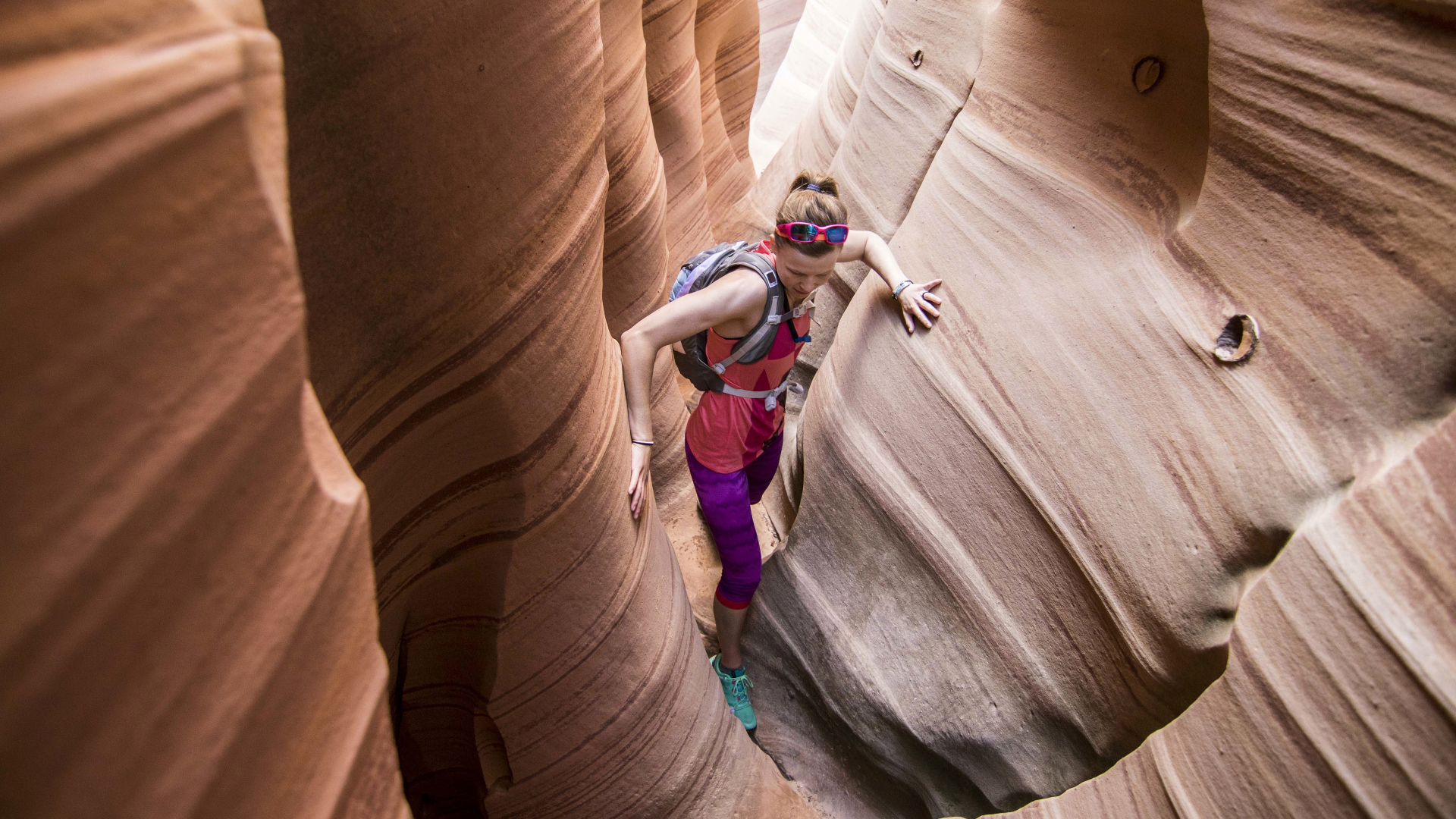
Canyons are like valleys, but are narrower and with steeper walls. They can be dry or have a river or stream running through them, and there are a few different types of canyons. Mountain-type canyons are formed between two peaks, box canyons have only one entry and exit point, and slot canyons like the Narrows in Zion National Park offer excellent opportunities for canyoneering. Canyons take you into the earth, so they can offer geological wonders, fabulous waterfalls and even ancient tribal art such as in the Hidden Valley trail near Moab.
7. Forest

Forests can be surprisingly diverse, but of course, they are all distinguished by being populated with trees and undergrowth. A forest walk can look like a strenuous climb up the side of a pine tree-covered mountain in Colorado, a rainforest stroll through Redwood National Park or even hiking in the jungle in Central America. However, because all forests have trees, you can count on them experiencing some amount of regular rainfall, being below high altitude (where trees stop growing) and housing lots of wildlife. Forest hikes are great for bringing your best binoculars to enjoy a spot of bird watching, and you’ll get more protection from the elements than you will above treeline.
8. Desert
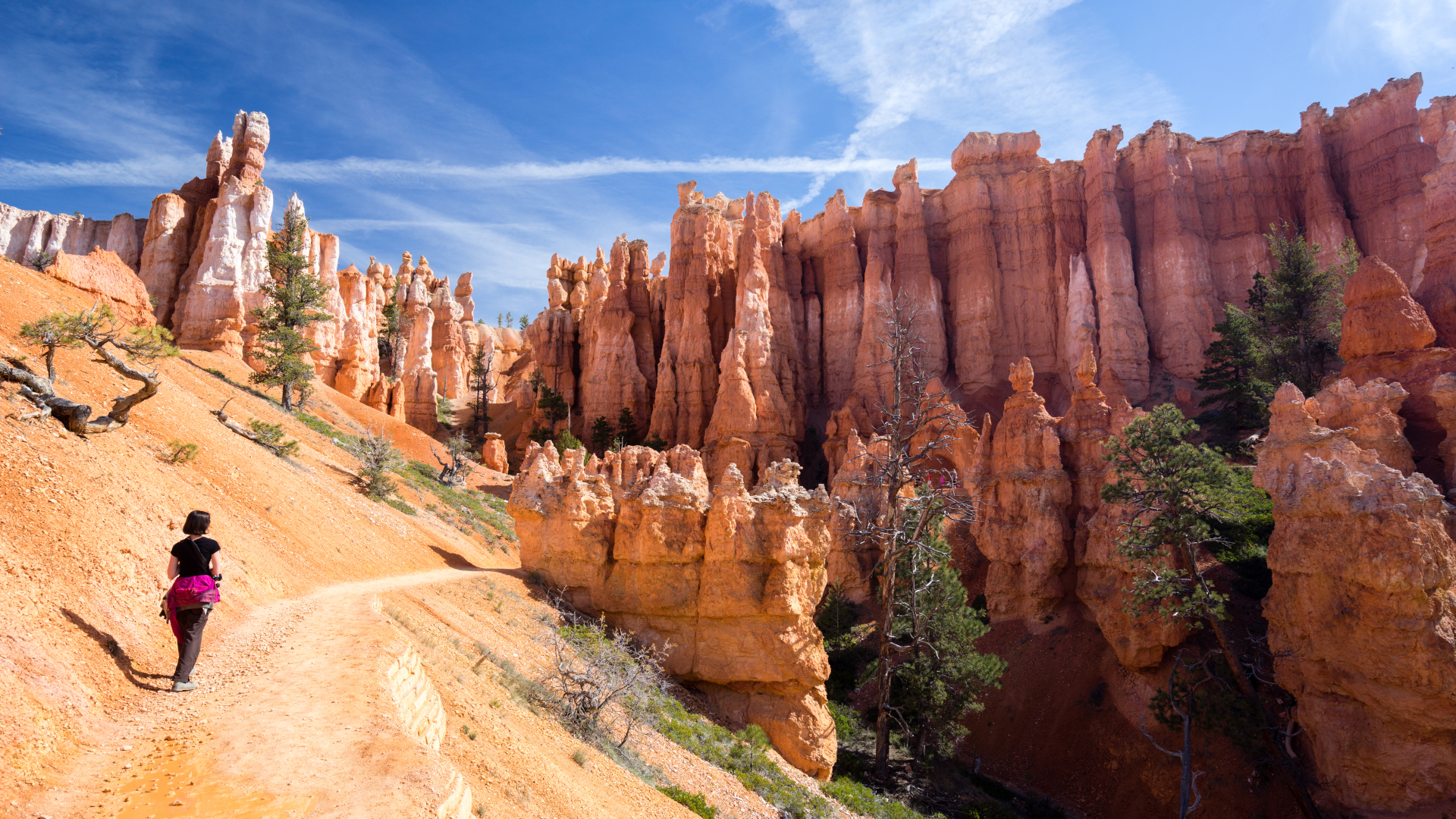
On the other end of the spectrum from forests, which denote moisture, are deserts. Deserts are characterized by having very little moisture and therefore, little in the way of vegetation or wildlife. These stark landscapes can be sandy, rocky or even hard, baked clay and often experience extreme heat during the day and freezing cold nights. They can also be surprisingly diverse – think about Death Valley, Joshua Tree and Arches National Park, for example.
Desert hiking makes up some of the most iconic hiking in the US, but requires special preparation to protect yourself from dehydration, flash floods and critters like snakes and scorpions. Deserts often don’t have as many topographical landmarks to help you keep your bearings so you’ll want to carry a map and compass, and know how to use them.
9. Sand dune
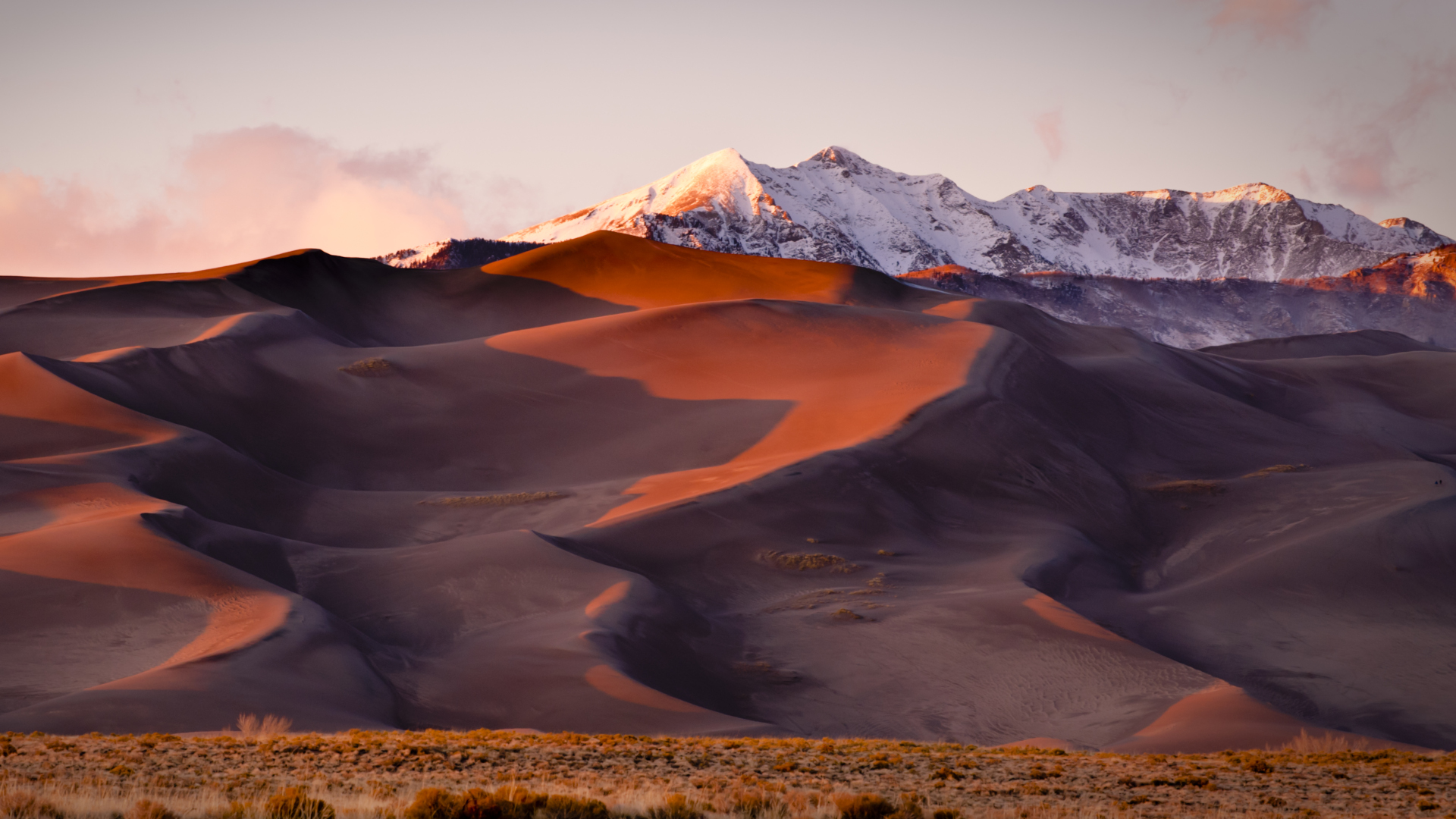
Sand dunes are mountains made of sand, formed by the wind, and though they are often in desert areas, they also occur along the coast on beaches. Colorado’s Great Sand Dunes National Park covers an area of 30 square miles and the dunes here tower up to 750ft high, making for some serious – and seriously beautiful – hiking. It’s easier to hike these types of dunes barefoot and usually a good idea to avoid the heat of the day during the summer months. Don’t expect designated trails, since they’d be written in sand. If you’re beach camping, please take care not to pitch your tent in the sand dunes so as not to disturb the wildlife that calls them home.
10. Marsh

Marshes are low lying areas and, unlike deserts and dunes, are always waterlogged, either due to rains or tides. Also called wetlands, marshes play an important role in the health of the planet because they store carbon and are home to grasses and reeds as well as fish, birds, mammals and reptiles like alligators. Though you won’t be able to easily walk through a marsh, you can expect easy (even wheelchair-friendly) and beautiful walking on elevated boardwalks in marshy areas like Everglades National Park in Florida and Congaree National Park in South Carolina, which are both crown jewels for bird watchers.
Julia Clarke is a staff writer for Advnture.com and the author of the book Restorative Yoga for Beginners. She loves to explore mountains on foot, bike, skis and belay and then recover on the the yoga mat. Julia graduated with a degree in journalism in 2004 and spent eight years working as a radio presenter in Kansas City, Vermont, Boston and New York City before discovering the joys of the Rocky Mountains. She then detoured west to Colorado and enjoyed 11 years teaching yoga in Vail before returning to her hometown of Glasgow, Scotland in 2020 to focus on family and writing.

